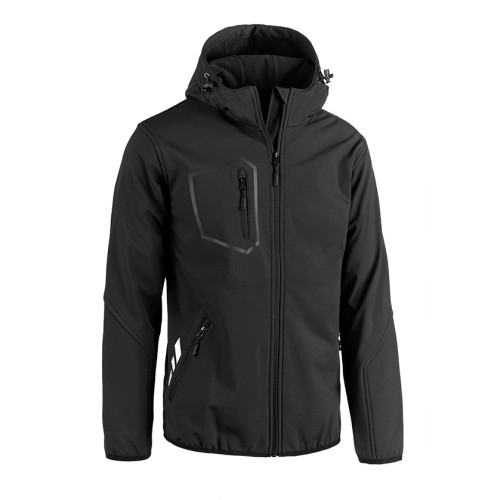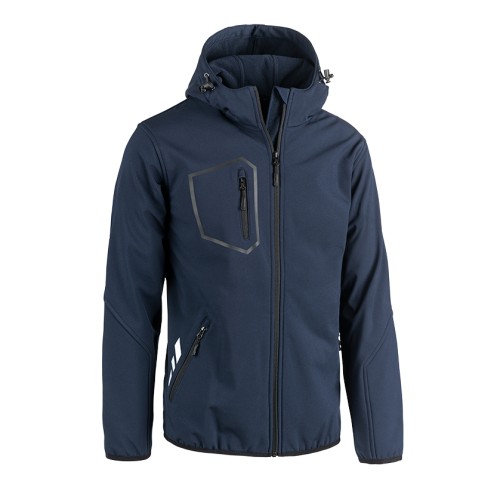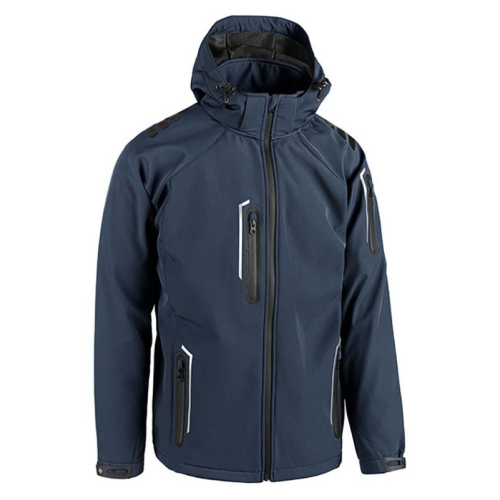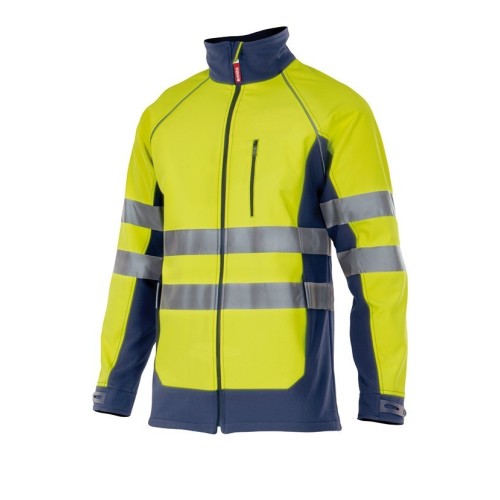Softshell
SOFTSHELL literally means "soft shell" and it is just that, a mixed proposal to "Shells", the shells or outerwear. Usually these shells are more rigid or more armed lower garments (caps, thermal, etc.) and, in most cases, is carried above the other garments whereby the sensation of lack of hardness and increased mobility. Soft Shells The calls came from drawing conclusions from the analysis of advantages and disadvantages of the different layers - Thermal protection: are warm and very breathable. You can set two levels in terms of thermal protection, some look more warmth (through an internal fleece) and other, more technical, seeking more perspiration. - Effect windbreak: it achieved by membrane laminated between layers of tissue or no thanks to the special characteristics of the outer fabric. Failure to have the disadvantage of wind factor will decrease the sensation of cold. - Resistance: are generally more resistant to abrasion, tensile and tear than other fabrics of similar thermal performance. - Elasticity: is a key feature that allows greater freedom of movement. - Water repellency: Can not talk about waterproofing but a much higher water resistance than garments like polar. - Lightness and volume lower than in similar garments (not always) there's the fact that you can use any of us do without the clothes that usually carry. - Appearance: Radically different from the polar, more smooth, flat, hairless exterior.





